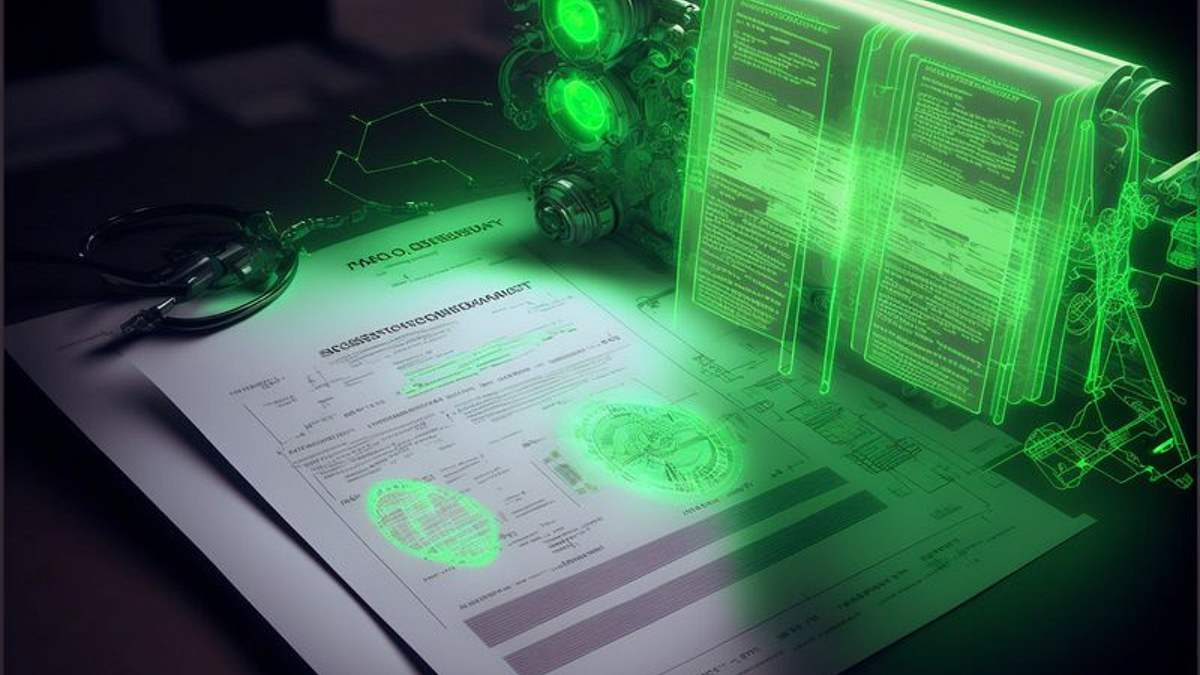Introduction:
In the age of rapidly advancing technology, artificial intelligence (AI) is transforming industries, including content creation. Among the tools gaining prominence are AI detectors. These tools analyze text to determine if it was written by a human or generated by AI. This article delves into the concept of AI detection, its working mechanisms, and their relevance in various sectors.
What is an AI Detector?
An AI detector is a software tool designed to identify text generated by AI models. These detectors are particularly useful in settings where originality and authenticity are paramount, such as academia, journalism, and online content creation. By analyzing patterns, word choices, and sentence structures, these tools provide insights into whether a piece of content was likely authored by a human or AI.
How Do AI Detectors Work?
They look for specific markers, such as repetitive phrases, lack of nuanced expression, or overly structured sentences—features often associated with AI-generated text. Some advanced detectors also compare the content to known AI outputs, identifying similarities to existing models.
Why Are AI Detectors Important?
Academic Integrity: In education, ensuring students submit original work is critical. AI detection helps educators identify essays or assignments created using AI tools.
Content Authenticity: For businesses and websites, maintaining trust with audiences requires producing authentic, human-like content. AI detection assists in verifying the originality of such material.
Ethical Considerations: As AI-generated content becomes more sophisticated, distinguishing between human and machine-generated work is essential for ethical transparency.
Limitations of AI Detectors
While useful, AI detection is not without flaws. They may occasionally misclassify human-written content as AI-generated and vice versa. Additionally, as AI models become more advanced, they may produce text that closely mimics human writing, making detection increasingly challenging.
Ethical Considerations When Using AI Detectors
While AI detectors offer valuable benefits, their use must be approached with ethical responsibility.
- Transparency: Inform users when AI detectors are being employed. This fosters trust and ensures accountability.
- Avoid Overreliance: Relying solely on AI detection can lead to errors or bias. Always include human oversight to ensure a fair evaluation.
- Respect Privacy: When using detectors in professional or educational settings, ensure compliance with privacy regulations and respect individuals’ rights.
Industries Benefiting from AI Detectors
The use of AI detection spans a wide range of fields. Here are a few examples of industries leveraging these tools:
- Publishing: To ensure editorial content remains authentic and adheres to brand guidelines.
- Marketing: For verifying that campaign materials resonate with a human touch, avoiding robotic-sounding language.
- Recruitment: In assessing candidate applications to identify generic, automated responses in cover letters or CVs.
- Education: For maintaining academic integrity by discouraging the use of AI for assignments or projects.
Challenges in Detecting AI-Generated Content
As AI models like ChatGPT and others grow more sophisticated, distinguishing AI-generated text becomes increasingly complex. These advanced models can mimic human creativity, tone, and style, often blurring the lines. To address this challenge, researchers and developers must invest in creating adaptive and intelligent AI detection systems capable of keeping up with evolving technologies.
The Future of AI Detection
As artificial intelligence continues to evolve, so will AI detection. Developers are constantly refining these tools to address new challenges posed by sophisticated AI models. This ongoing innovation ensures that AI detection remains relevant in maintaining content integrity.
Conclusion
AI detector play a vital role in preserving authenticity and originality in the digital age. While not perfect, they provide valuable support across various industries. As the demand for ethical AI use grows, these tools will likely become indispensable in ensuring the credibility of written content.
By understanding how AI detection functions and its importance, individuals and organizations can navigate the intersection of human creativity and machine-generated content more effectively.

